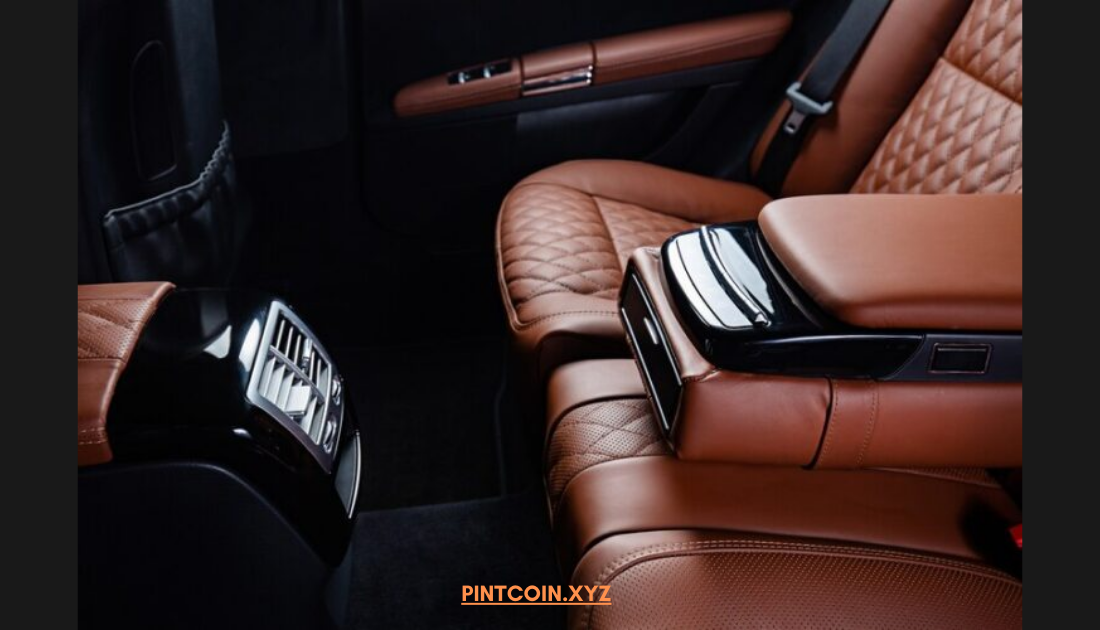Blog
Leather Interior Detailing: The Ultimate Guide to a Luxurious and Long Lasting Look
Leather interiors add a luxurious touch to any vehicle, enhancing both appearance and comfort. However, maintaining leather surfaces requires the right techniques and products. Proper leather interior detailing not only keeps the upholstery looking its best but also extends its lifespan. This guide covers the essentials of leather care, from cleaning to conditioning and protecting, so your car’s interior can remain in pristine condition.
Why Leather Care Matters
Leather is a natural material that needs regular maintenance to stay supple and durable. Unlike synthetic upholstery, leather can dry out, crack, and fade over time. By giving it the proper care, you preserve its luxurious feel and help it withstand daily wear and tear. Regular detailing also prevents damage from UV rays, spills, and other contaminants that can dull the leather’s appearance.
Step 1: Gather the Right Tools and Products
Quality leather detailing starts with the right tools and cleaning products. Many common household items are too harsh for leather, so invest in products specifically designed for automotive leather.
Essential Tools and Products
- Leather Cleaner: Choose a pH-balanced leather cleaner to gently remove dirt and grime without damaging the surface.
- Leather Conditioner: Conditioning the leather keeps it soft and prevents cracks. Look for products with natural oils and UV protection.
- Microfiber Cloths: Microfiber cloths are soft and lint-free, making them ideal for leather detailing.
- Soft-Bristle Brush: A brush with gentle bristles helps lift dirt from textured leather without causing scratches.
Using these tools ensures you can clean effectively without compromising the leather’s integrity.
Step 2: Clean the Leather Thoroughly
Start by vacuuming the seats to remove loose debris. Be sure to get into the crevices where dust and dirt can accumulate. This step prevents particles from scratching the leather as you begin cleaning.
Apply Leather Cleaner
Spray a small amount of leather cleaner onto a microfiber cloth or soft-bristle brush. Avoid spraying the cleaner directly onto the leather, as it may lead to uneven application. Gently work the cleaner into the leather using circular motions, focusing on heavily used areas like the driver’s seat and armrests. For textured or perforated leather, use the brush to lift dirt from the grooves.
Wipe Away Residue
Once you’ve scrubbed the leather, use a clean microfiber cloth to wipe away any residue. This step ensures that no cleaner is left behind, which could affect the leather’s feel and appearance. Repeat the cleaning process on all leather surfaces, including the seats, steering wheel, and door panels.
Step 3: Condition the Leather for Softness
Conditioning leather is a crucial step in detailing, as it restores moisture and flexibility. Without regular conditioning, leather can become brittle, leading to cracks and fading. After cleaning, allow the leather to dry completely before applying conditioner.
Apply Leather Conditioner
Using a fresh microfiber cloth, apply a small amount of conditioner to the leather. Spread the product evenly, focusing on high-contact areas that are more prone to drying out. Massage the conditioner into the leather, giving it time to absorb fully. Avoid over-applying, as excess conditioner can leave a sticky residue.
Buff the Leather
After letting the conditioner sit for a few minutes, use a clean cloth to buff the surface. Buffing helps to spread any remaining conditioner evenly and leaves a natural, non-greasy finish. This process not only makes the leather look refreshed but also adds a protective layer to guard against future wear.

Step 4: Protect the Leather from Sun Damage
Sun exposure is a common cause of fading and cracking in leather interiors. Protecting your leather from UV rays will keep it looking rich and vibrant. Many leather conditioners include UV protection, but you can also use a separate protectant spray for added defense.
Use Sun Shades and Seat Covers
Consider using sun shades when parked outdoors for extended periods. These shades block sunlight and keep the interior cool. Additionally, seat covers offer protection from both UV rays and potential spills.
Regular Conditioning for Lasting Protection
Frequent conditioning helps prevent the leather from drying out under the sun. Even with UV protection, leather benefits from regular treatments to maintain its softness and resistance to cracking.
Step 5: Remove Stains Carefully
Stains on leather require prompt and careful treatment. Using the wrong cleaning method can spread the stain or damage the leather, so approach stain removal with caution.
Identify the Type of Stain
Some stains, like ink or oil, require specific treatment. For water-based stains, blot the area gently with a damp microfiber cloth. Avoid rubbing, as it can push the stain deeper into the leather. For oil-based stains, apply a small amount of leather cleaner to the cloth and gently dab the affected area.
Test Products Before Applying
Always test any stain-removal product on a hidden area of the leather. This test helps you ensure that the product won’t cause discoloration or damage. Once you’re confident, proceed with the stain removal, using gentle motions and minimal product.
Maintenance Tips for Long-Lasting Leather
Keeping leather in good condition involves more than occasional detailing. Here are a few tips for maintaining the beauty and durability of your leather interior:
- Avoid Harsh Cleaners: Never use household cleaners or alcohol-based products on leather, as they can strip away natural oils.
- Ventilate the Interior: Allow fresh air into the car occasionally, as poor ventilation can cause leather to develop an unpleasant odor.
- Wipe Down Regularly: Dust and dirt can accumulate quickly. Wiping down the leather with a dry microfiber cloth every few days prevents buildup and keeps the interior looking fresh.
- Avoid Sharp Objects: Sharp objects like keys or buckles can scratch leather. Be mindful of what you place on the seats to avoid damage.
By incorporating these maintenance tips into your routine, you can preserve the luxurious look of your leather interior for years to come.
Benefits of Professional Leather Detailing
While DIY detailing offers control and cost savings, professional leather detailing has its advantages. Professionals use specialized equipment and techniques to achieve a deep clean and thorough conditioning. If your leather shows significant wear or stubborn stains, a professional detailing service can help restore it to its original beauty.
Moreover, professional detailers often use high-quality products that protect and enhance the leather’s texture and color. For those who want the best care, scheduling a professional detailing session every six months can maintain the leather’s pristine condition.
Final Thoughts
Leather interior detailing is essential for any car owner who values luxury, comfort, and style. By using the right tools and techniques, you can keep your leather seats soft, clean, and resistant to wear. Regular maintenance and proper protection from the sun will ensure your leather interior remains in top shape, adding both value and enjoyment to your vehicle. With consistent care, your leather interior can look and feel luxurious for many years, making every drive a pleasure.


